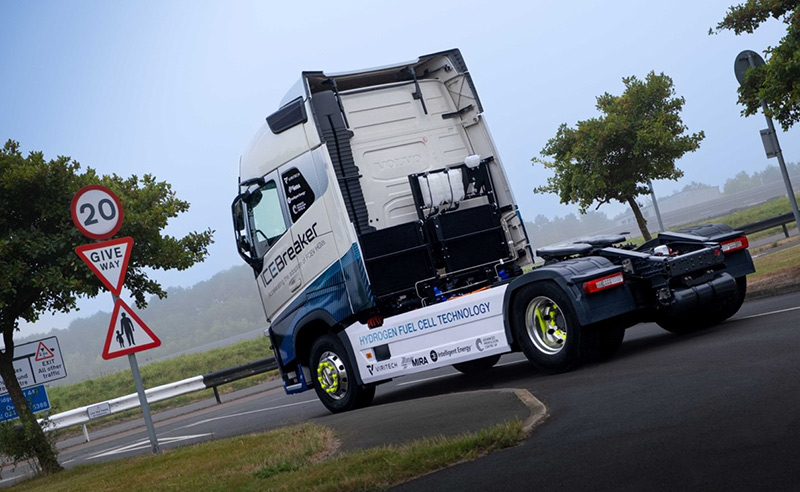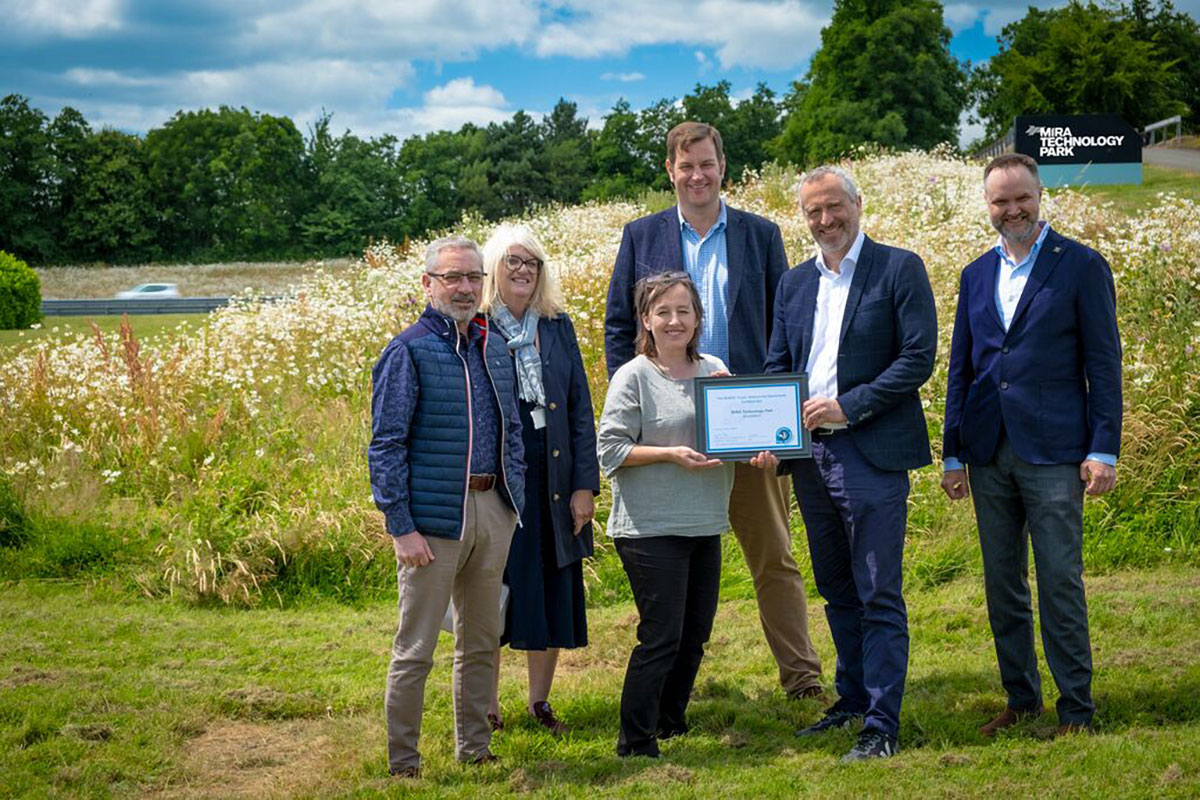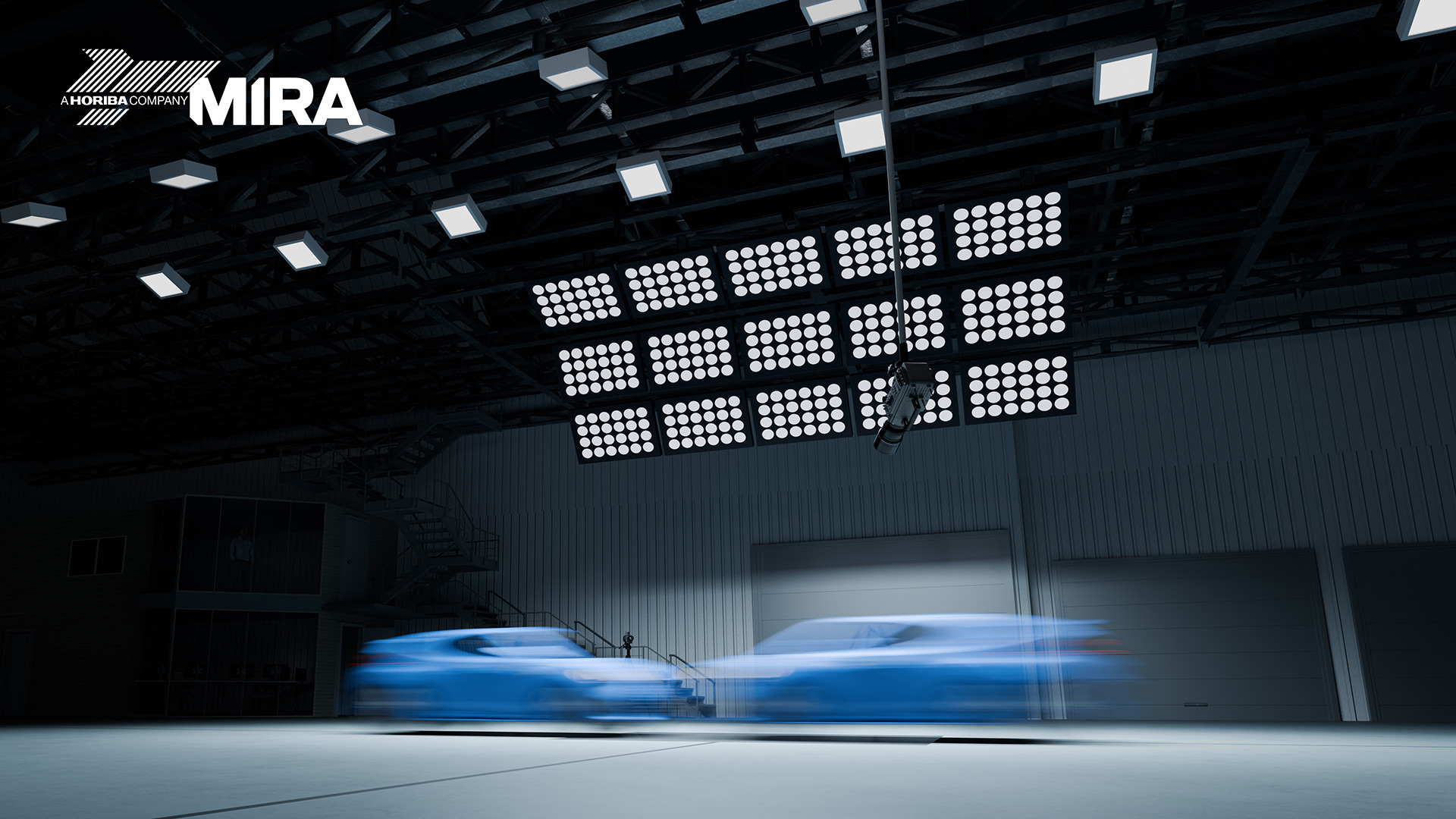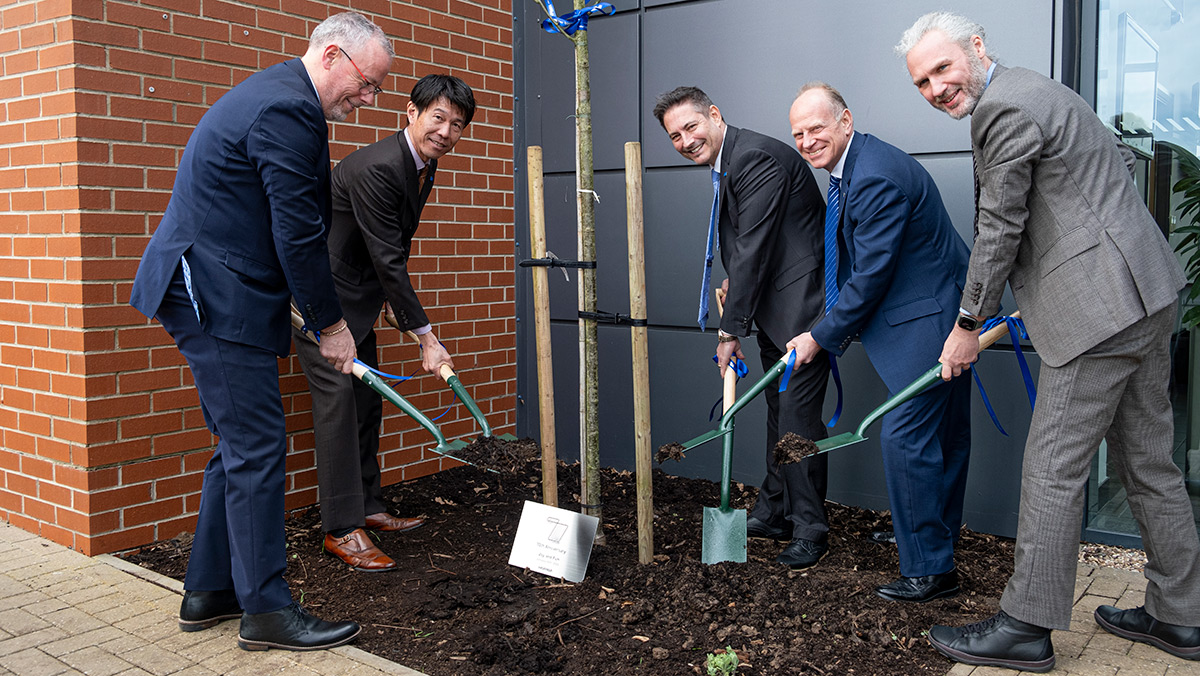Within the automotive industry, security began with ensuring the vehicle itself was resilient to physical threats, such as theft. However, as cars have developed and the challenges have evolved and increased, the way in which vehicle manufacturers ensure their vehicles are resilient to emerging threats has also changed.
As part of HORIBA MIRA’s 75th anniversary celebrations Dr David Ward, Global Head of VRES – Functional Safety, and Dr Alastair Ruddle, Vehicle Resilience Chief Scientist, look at how far vehicle resilience has come over this time and what changes may be on the horizon.
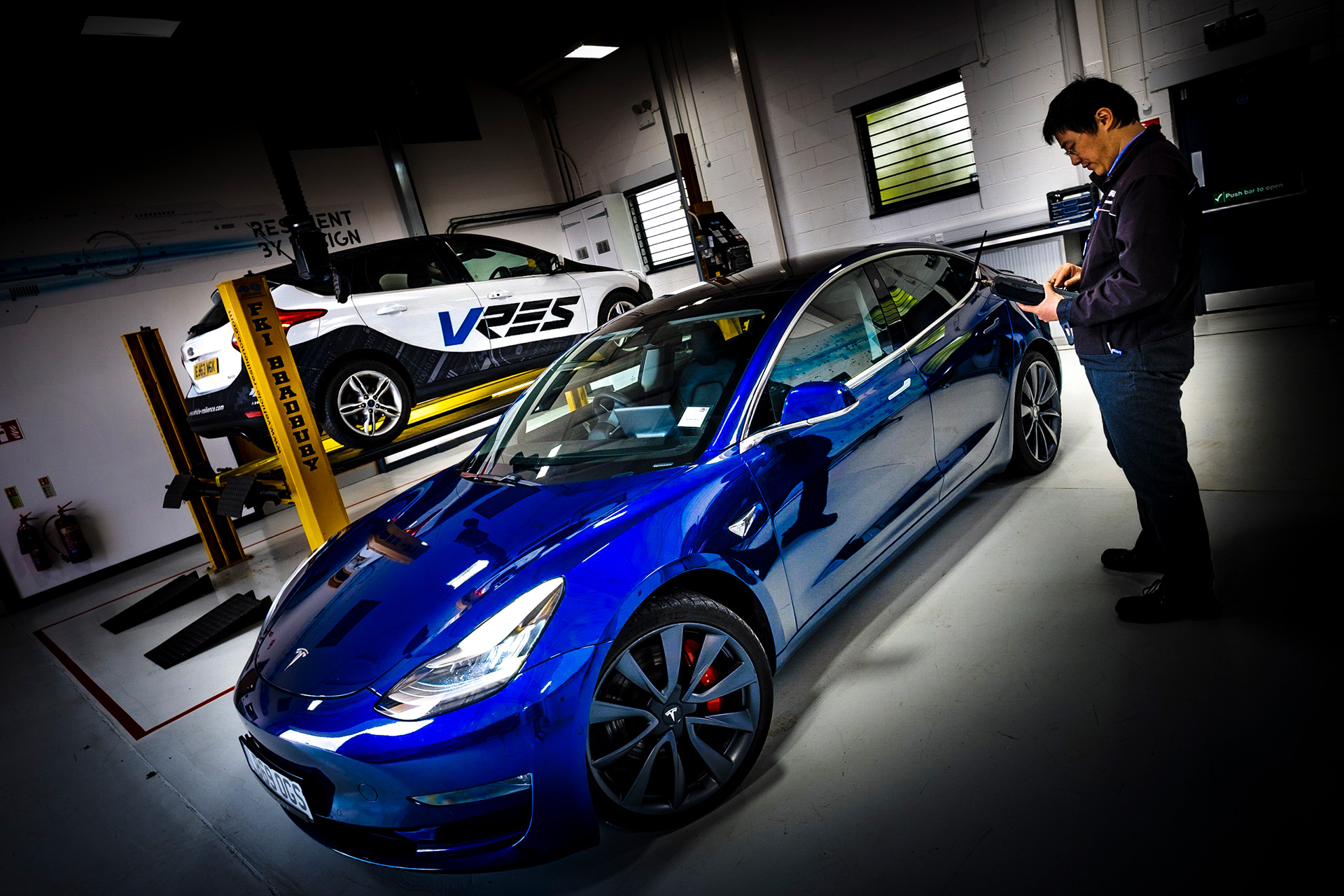
What is vehicle resilience?
Vehicle resilience helps vehicle manufacturers establish public trust and deliver safe, secure and connected products to their customers. Since the 1980s, three key disciplines have emerged that are becoming increasingly convergent in achieving vehicle resilience. Firstly, functional safety, which focuses on potential hazards caused by the malfunctioning behaviour of electronic and electrical systems within the vehicle. Secondly, electromagnetic resilience, which originates from electromagnetic compatibly (EMC) and now spans wireless connectivity and electromagnetic field exposure (EMF) issues. And finally, cybersecurity, which protects the external interfaces and on-board electrical and electronic systems of a vehicle against attack or misuse – something that is increasing with the ongoing development of connectivity and automation of vehicles.
To ensure vehicle resilience is effective, a combined approach of proactive design and reactive engineering solutions is required, supported by independent frameworks that meet legal and regulatory requirements set out in industry standards.
How has vehicle resilience developed?
During the 1980s, basic digital technologies started to appear in vehicle safety features, such as airbags, and from this the first discussions around functional safety standards began. At this time, a key focus was the issue of radiofrequency interference. This resulted in the UN ECE establishing a regulation to set the first limits for vehicle radiofrequency emissions, which were a significant source of disruption for radio and TV, and for MIRA, work began on an electromagnetic environment survey that investigated the levels that might be experienced in the operational environment.
As the decades progressed so did the technologies. The ’90s saw the introduction of microprocessor technology and subsequently electronic control systems became increasingly prevalent in vehicles. So, the EU directive 95/54/EC set-out requirements that would ensure that vehicles and their systems would be resistant to external electromagnetic disturbances, as well as “good neighbours” in terms of electromagnetic emissions. During this time, there was also growing concern around the electromagnetic environment and the potential effects of human exposure to EMF. Therefore, the EU recommended limits on general public exposure to electromagnetic fields, and later mandated occupational exposure limits. Increasing vehicle electrification and wireless connectivity now make occupant EMF exposure a consideration in vehicle development.
As we move into more recent years, hands-free technologies such as park assist, have begun to be more commonplace in vehicles, along with the significant challenges around cybersecurity and the threat of vehicle systems being vulnerable to hacking and external threats. As cybersecurity grows in importance, new UN ECE regulations and standards such as ISO/SAE 21434 have been developed. These recognise the need for more rigorous engineering solutions and the corresponding assurance activities that support building public trust in modern connected and automated vehicles.

The development of the Vehicle Resilience (VRES) team has allowed HORIBA MIRA to play a crucial role in supporting manufacturers in the development of secure and safe vehicles for their customers. HORIBA MIRA has been, and continues to be, involved in the development of numerous standards that shape the automotive industry we see today. With a world-class team of specialist engineers and scientists, as well as 14 facilities at the MIRA Technology Park, VRES can support manufacturers in engineering their vehicles to create trusted and resilient mobility across connected and automated vehicles.
To find out more, read the VRES team’s recent White Papers: ‘How to Navigate Cybersecurity Type Approvals’ and ‘Why Automotive Cybersecurity is Different’.


